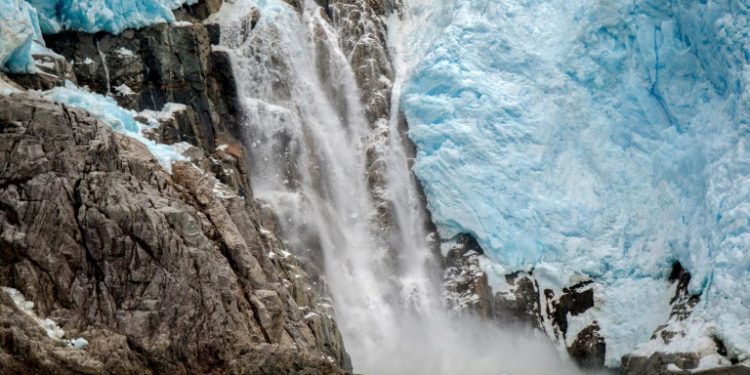Scientists working in Antarctica, for the first time, have recorded a large quantity of warm water beneath a massive glacier that is accelerating ice melting at the pole and contributing to rise in sea levels.
According to the scientists, working at the Thwaites Glacier, the recorded water temperatures at the base of the ice is more than 2 degrees Celsius which is higher than the freezing point. The high temperatures are acting as a catalyst in melting the ice cover.
While it is not yet known how fast the glacier is deteriorating, several studies have predicted its total collapse in a century and also in a few decades.
It should be mentioned here that the Thwaites Glacier, along with the Pine Island Glacier and a number of other smaller glaciers, act as a brake on part of the much larger West Antarctic Ice Sheet.
If the two bigger glaciers melt completely, it would raise the world’s oceans by more than a meter over centuries potentially drowning many coastal cities across the globe.
“Warm waters in this part of the world, as remote as they may seem, should serve as a warning to all of us about the potential dire changes to the planet brought about by climate change,” said David Holland, a lead researcher on the expedition and director of New York University’s Environmental Fluid Dynamics Laboratory.
Glaciologists had previously spoken about the presence of warm water melting the Thwaites glacier from bottom. This is, however, the first time that warm waters have been measured at the glacier’s grounding line. While the scientists are not yet able to definitively suggest how soon the glaciers will melt, human-caused climate change is a key factor, they said.






































